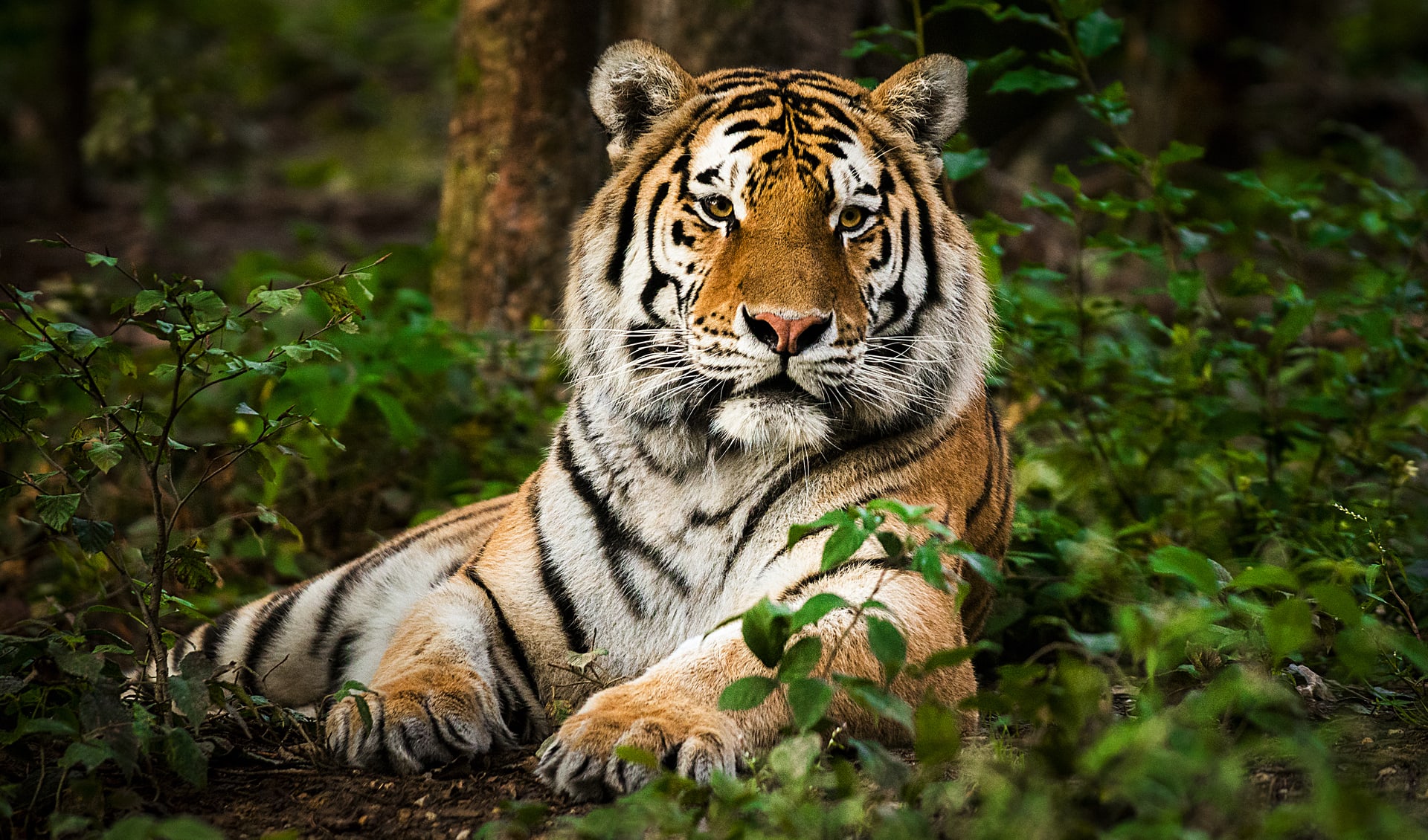One of the most iconic and impressive venomous snakes in North America, renowned for its large size, potent venom, and distinctive diamond-shaped markings along its back. It is the largest venomous snake in North America, with individuals capable of reaching lengths of up to 8 feet (2.4 meters) and weighing over 15 pounds (6.8 kilograms).
These snakes are typically found in a variety of habitats throughout the southeastern United States, including pine forests, scrublands, marshes, and coastal dunes. They are well adapted to their environments, utilizing their cryptic coloration and excellent camouflage to blend in with their surroundings, making them expert ambush predators.
The eastern diamondback rattlesnake is equipped with long, hollow fangs connected to venom glands located in its head. Its venom primarily consists of hemotoxins, which disrupt blood clotting and tissue integrity, leading to severe pain, swelling, and potentially fatal complications if left untreated. Despite their formidable venom, these snakes are generally docile and will typically only strike in self-defense if threatened or provoked.
Unfortunately, the eastern diamondback rattlesnake faces numerous threats to its survival, including habitat loss and fragmentation due to urbanization, agriculture, and development. Additionally, indiscriminate killing by humans, often fueled by fear and misunderstanding, poses a significant risk to their populations. Overcollection for the pet trade and trophy hunting have also contributed to declines in some areas.
Distribution
 United States
United StatesAnything we've missed?
Help us improve this page by suggesting edits. Glory never dies!
Suggest an editGet to know me
Terrestrial / Aquatic
Altricial / Precocial
Polygamous / Monogamous
Dimorphic (size) / Monomorphic
Active: Diurnal / Nocturnal
Social behavior: Solitary / Pack / Herd
Diet: Carnivore / Herbivore / Omnivore / Piscivorous / Insectivore
Migratory: Yes / No
Domesticated: Yes / No
Dangerous: Yes / No





